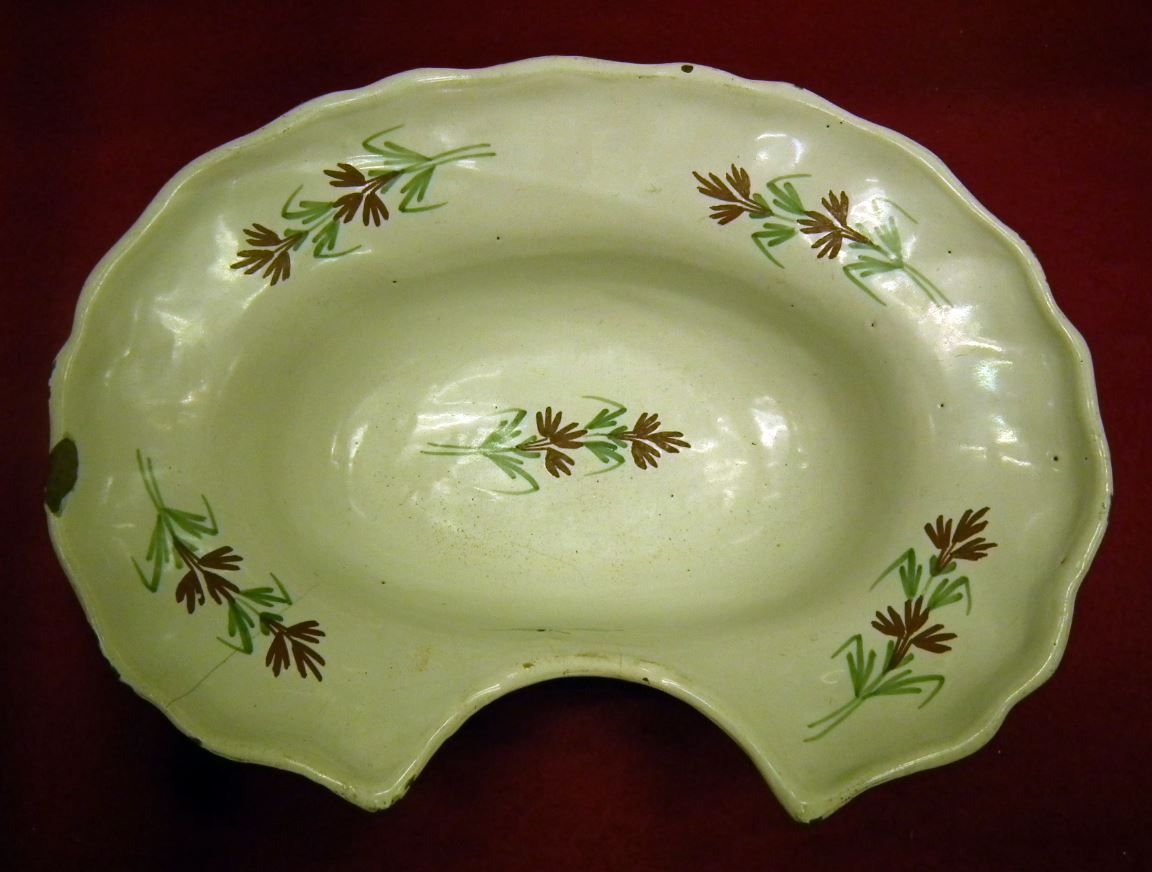
Tom Marcelissen
@tom_marcelissen
Urologist 🚀 Robotic surgeon 🤖 History of medicine 🧐 Surgical tools 🔪 Obsessed with medical 🅔🅟🅞🅝🅨🅜🅢 #HistMed #HistSurg
ID: 2478774718
http://bit.ly/Eponyms_in_the_OR 12-04-2014 12:33:09
1,1K Tweet
2,2K Takipçi
1,1K Takip Edilen


















